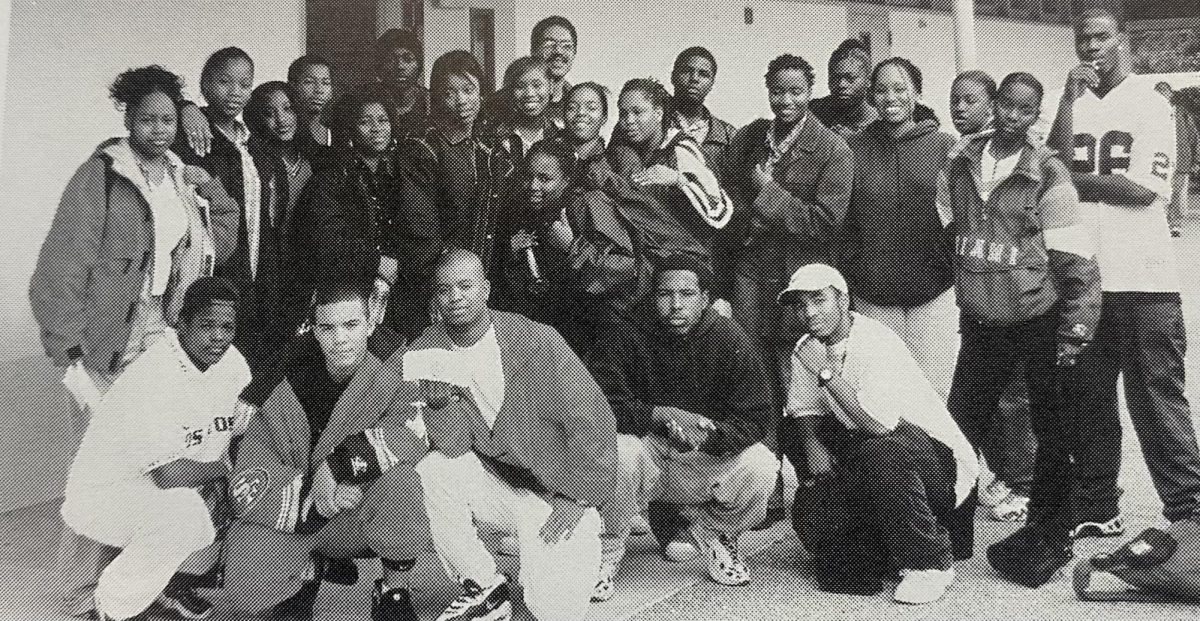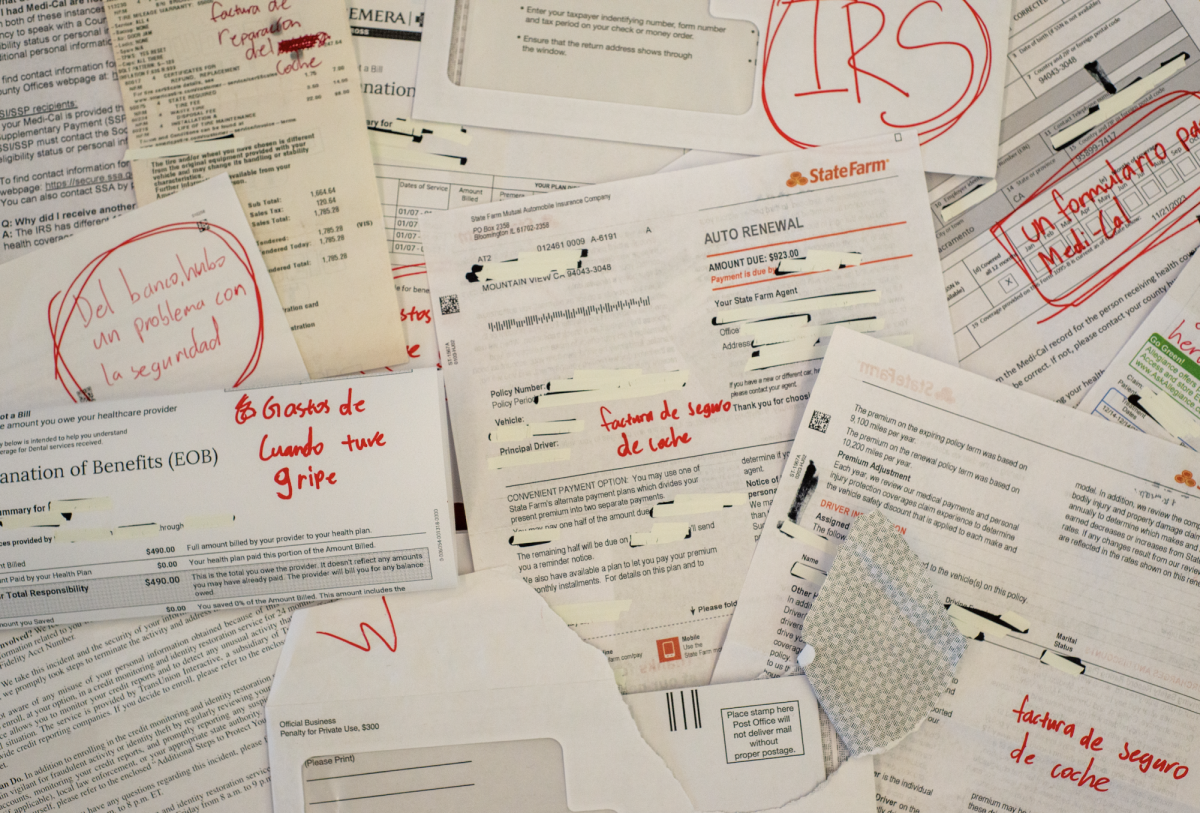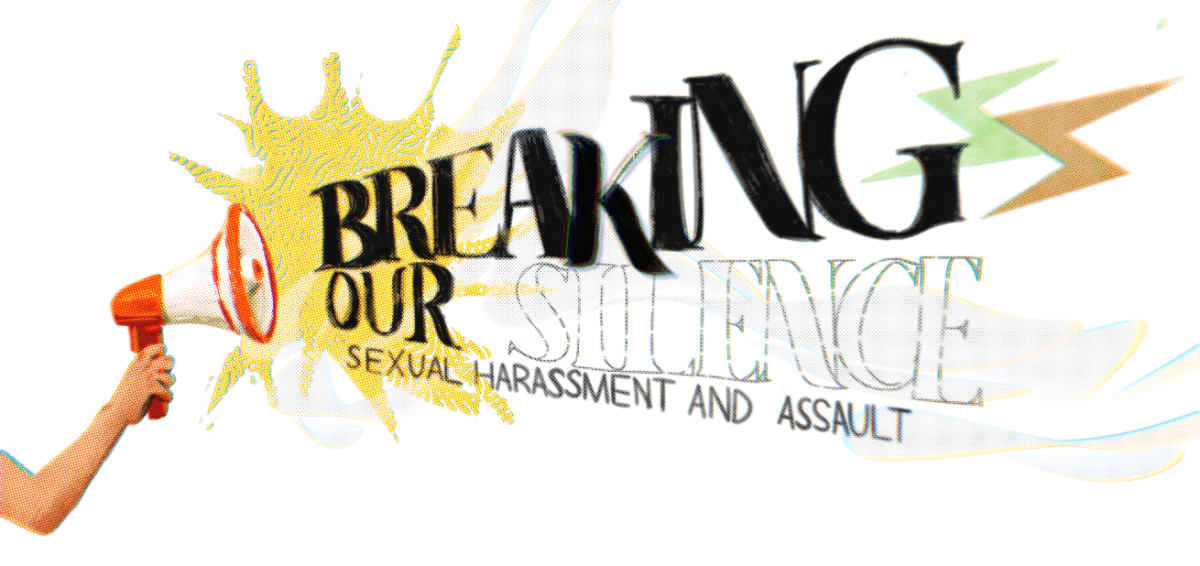Role of Media in Election, Politics
In this day and age, media plays a powerful role when it comes to politics, particularly in elections. From websites and news channels to blogs and YouTube videos, students must be aware of political bias in information, yet still make an active effort to try to stay up to date on current political events.
The most dominant forces in political media are the major news organizations. Some organizations, such as CNN, MSNBC, PBS and Fox News, are known to display political tilt. If students follow these organizations without fully factoring in the biases, their whole political view can become skewed in one direction.
“It is very important that people know the bias that the network has and then knowing that if they want to make an informed decision, they need to compare that with what another network is saying,” history teacher Michael Messner said.
It is also important that students consult several different information resources. They may already know who they are voting for and which sites they want to follow, but by looking at several different ones they can more easily sort out bias from fact. For instance, CNN is generally considered to be a news organization with a liberal (Democrat) leaning, while Fox News is generally considered to be more conservative (Republican).
“People need to take a look at more than one website or source; it can make sense to use one source to get some basics, but they should make sure to look at multiple sources, just a few, to make sure they’re getting all the facts,” junior Yashwant Parmar said.
Along with watching different news channels, it is important to read and do extra research before choosing a political stance. Students who are interested in getting the most well-rounded information should check out sources such as BBC, Associated Press, Al Jazeera, the New York Times, The Washington Post and Politifact. These sources are relatively bipartisan and focus on displaying facts without introducing any of major sources of bias that could drastically skew a reader’s views. However, students should not just limit themselves to these.
“Watch and read as much as possible,” Messner said. “I would say read as much as watch, and gather as much information as you can. Look at unbiased or independent media sources. Get as informed as you can.”
As long as students are aware of bias and make sure to first question information before accepting it as fact, they should be able to make wise and independent decisions regarding their political views.
“Don’t fall for the idea that a sound bite or a slogan or something that sounds catchy is going to tell the whole story,” Messner said. “If you are not in a position where you are going to be voting, then I do not think that absolves you the responsibility of having an informed opinion.”
Third Parties
The two-party system has become an accepted aspect of the American political landscape, with the Democratic and Republican parties vying for political authority in the nation. These two parties dominate virtually every aspect of American politics including elections and political offices.
“In the U.S. political system, a third party is any party that is not the Republicans or Democrats,” social studies teacher Derek Miyahara said.
Many different variations of the definition of a third party exist, but they generally adhere to the same principal ideas.
“A third party would be a political organization that has a published platform and perennially runs candidates for office.” history teacher Michael Messner said.
However, many third parties have existed in politics; while these are usually overlooked, they can have a significant impact on political processes, including elections.
“They can have a tremendous impact [because of the electoral college],” Miyahara said.
For example, during the 2000 election, Al Gore would have won the general election if had he received one percent of the votes of Ralph Nader, a Green Party candidate.
Additionally, the ideas of third parties are frequently incorporated into the platforms of the two primary parties in order to appeal to a larger voting base. As a result, many third parties fade into obscurity as a result of their lack of a unique platform.
The three main American third parties are the Libertarian Party, the Green Party and the Constitution Party. The Libertarian Party strives to preserve the “American heritage of liberty” by reducing federal power and limiting government involvement. The Green Party focuses on government intervention to protect the environment and promote equality among all Americans. The Constitution Party is rooted in the founding documents of America and Christian values. All three emphasize the decentralization of the federal government.
Both a two-party and multiparty system have their merits. In some cases of dramatic change in public opinion, a multiparty system is better adapted to accommodate this shift. The Scottish National Party, a Scottish third party, made remarkably strong gains in 2007, winning the Scottish parliamentary election. On the other hand, a two-party system can engender stability by forcing both parties to assume a common position that benefits the entire nation.
“A two-party system preserves the status quo [more than multiparty systems],” Miyahara said. “Coalition governments that select their executives are more geared for change.”
The two-party system can also streamline the election processes, since high numbers of different parties can cause no clear majority to emerge. Such was the case in the short-lived Weimar Republic of Germany, which had around 40 political parties represented in the Reichstag at one time, and soon fell to Nazi tyranny.
All in all, it is clear that neither system is perfect. However, it is important that students investigate the benefits and detriments of both.
What Issues Matter to Students?
Whoever wins the election will be the president as current high school students take their first steps into adult life. While the numerous issues that candidates argue over can be overwhelming, it is important for students to recognize the issues that are relevant to them.
“I think it’s a key election,” History Department coordinator Dee Dee Pearce said. “I’m not sure that students are as on top of the issues as they should be. I think we forget about how important it is to have that privilege to vote.”
Students should consider the candidates’ stances on the economy, in particular how each candidate’s economic plan will affect student and personal finances. Furthermore, students should holistically assess each candidate’s plans for education to determine which one would be more beneficial for students in America.
For students, the issue of the economy can seem broad and unrelatable, but they should realize that the each candidate’s plan for the economy will directly impact the funding that schools receive. Obama has emphasized economic reforms and advocated for policies that would direct support towards teachers, attacking Romney for wanting to cut teachers from schools.
However, Romney has rebutted the argument by stating that districts and states would make the cuts, weeding out the bad teachers from the good. Romney has also stressed the importance of ensuring teachers are held responsible for imparting a high quality education. Romney has also mentioned that he is in favor of restructuring the financial aid system that assists students with college tuition, although he hasn’t specifically outlined this plan.
While it is vital for students to to be educated about the economy, there are also other relevant issues in the current election that students often do not understand as well as they should.
“I think that civic participation is really key to be more aware of,” Pearce said. “It needs to be promoted to students more. I think it’s really more about the understanding of the value of it and what it means in a democracy, and to stay on top of things.”
In addition, other students, like senior Jake Hogge, are concerned with how the outcome of the election will affect other issues, such as civil rights.
“The Republican party is not a big advocate of civil rights, or what I believe is right,” Jake said. “They’re very set in their ways, and they don’t want to see a lot of positive change reforms, on all fronts: on gender, on race, on socioeconomic work or gender role issues.”
Almost adults, high schoolers need to start actively participating in this pivotal political process in our nation, whether it means voting in the election or staying up-to-date on current events and the candidates’ stances on prominent issues.
“I think as a student, I think you don’t always understand that in a very few short years, you are in the driver’s seat of the direction of the country,” Pearce said. “I think there’s that disconnect, and that students aren’t there yet, but I think the more we study it while we’re here and learn about it, the better prepared we are for that civic participation bit of it.”
Where does Obama stand?
President Barack Obama, the current Democratic president of the United States, is running again for a second term. Having already served four years in the Oval Office, Obama hopes to ride the tides of his past victory to sweep this election.
Obama’s main campaign strategy has been to emphasize his economic successes and reforms. Having been in office for four years, Obama implemented a series of economic reforms that have greatly altered Wall Street and American economics. Obama signed into law the Dodd-Frank bill in the July of 2010. The Dodd-Frank bill addresses the economic factors that brought about the financial collapse of the late 2000s. The bill closes up key loopholes that caused the American recession.
Along the same line of economic successes, Obama has the achievement of preventing America from falling into a severe depression. As the employment statistics from the Bureau of Labor Statistics show, Obama created 5.2 million new jobs and reduced the unemployment rate from 10.2 percent when he took office to around 7.6 percent last September. Obama also stabilized the housing market, as housing prices in America have slowly returned to pre-2008 levels. Obama has stated many times that creating a budget means making sacrifices, and his actions have had fruitful results, with America on track to slowly recover from economic disaster.
After pressure from Obama, Congress passed the Affordable Care Act, also known as Obamacare, in March of 2010. The bill is a major point of contention between Democrats and Republicans. “Obamacare” focuses on lowering the number of uninsured Americans by forcing healthcare providers to cover all applicants and offer the same rates regardless of pre-existing conditions or gender.
On the subject of gay marriage and abortion, Obama has maintained the same liberal stance since 2008, emphasizing his support of gay marriage and pro-choice policy.
Obama has also emphasized his support of women’s health care, forcing private employers to give women coverage that would include reproductive care.
The Obama Administration’s foreign policy has focused on tying up loose ends. While the previous Bush administration started two military conflicts to fight terrorism, Obama’s administration focused on ending the war in Iraq and has already begun to withdraw troops from Afghanistan. Obama dealt killing blow in the War on Terror by ordering the killing Osama Bin Laden (the organizer of the 9/11 attacks in 2001) himself.
Where does Romney stand?
Mitt Romney is this year’s Republican presidential candidate. He has run a campaign largely based on the idea that Obama hasn’t done enough in the last four years to improve the economy, and thus Romney should therefore be given the presidency.
Romney has said that when it comes to taxation, he wants to decrease the individual marginal tax rate by 20 percent across the board and keep current rates on interest, dividends and capital gains. When it comes to corporate taxes, he has said he wants to reduce them from 35 percent to 25 percent.
Romney has also stressed the importance of keeping the deficit in check, in a way he said Obama has not. He says that within his first term he would limit spending to no more than 20 percent of the gross domestic product (GDP). Additionally, he would cut discretionary spending, which Congress determines on a yearly basis, by five percent in all areas except security.
When it comes to regulation, he stresses the importance of repealing unnecessary restrictions on businesses so that they can prosper more easily. Dodd-Frank is among the Obama bills that he will repeal. It sought to protect the nation from another financial collapse by placing more restrictions on what financial institutions could do. Romney has said it has restricted growth.
Arguably one of the biggest laws Romney wants to repeal is the Affordable Care Act, also known as “Obamacare,” which attempts to provide healthcare for the poor, but in turn requires almost all citizens to buy insurance or pay a fine in increased taxes.
When it comes to Medicare, Romney says that he wants to give future seniors a fixed amount benefit with which they can either buy insurance from the private sector or through the traditional government plan. For social security, Romney believes that the retirement age should be raised to adjust for increased longevity and that benefits should increase.
In terms of social issues like gay marriage and abortion, Romney is fairly conservative. He believes that marriage is between one man and one woman and supports a constitutional amendment to that effect. He feels that Roe v. Wade, the Supreme Court decision legalizing abortion, should be overturned and believes that states should instead pass their own laws. He also supports banning federal funds for abortions and organizations such as Planned Parenthood.
Romney has a variety of proposals on a country-by-country basis. When it comes to Afghanistan, he says that he would decide the level of United States involvement needed and the timeline for withdrawal based on the conditions on the ground and the amount of personnel needed to stop the Taliban from taking control. Romney has also said that China must be kept in check and stressed that a nuclear Iran would be unacceptable and that military options must not be off the table. He has also repeated that Israel is a vital United States ally, whose security the United States should work to defend.







